
AeroGenie — Your Intelligent Copilot.
Trending
Categories
ATAC Awarded $7.82 Million Task Order for F-16 Chase Flight Support

ATAC Awarded $7.82 Million Task Order for F-16 Chase Flight Support
Airborne Tactical Advantage Company (ATAC), a subsidiary of Textron Systems, has secured its first task order under the Combat Air Forces Contracted Air Services indefinite delivery, indefinite quantity (IDIQ) contract. Valued at up to $7.82 million over a maximum period of 27 months, the contract assigns ATAC the responsibility of providing chase flight support for the Defense Contract Management Agency (DCMA) in connection with F-16 aircraft operations.
Scope and Operational Details
Under this agreement, ATAC will deploy contractor-owned and operated aircraft to assist the Department of the Air Force Foreign Military Sales (FMS) team. The primary mission involves using ATAC aircraft as chase planes during initial F-16 flights and subsequent product assurance sorties. These operations will be based out of Donaldson Field in Greenville, South Carolina, with activities scheduled to commence in August 2025 and continue for approximately two years, encompassing both the base period and potential option years.
Industry Context and Competitive Landscape
This task order arrives amid significant upgrades to the F-16 program, including a $3.8 billion investment by Poland. ATAC faces the challenge of meeting complex technical requirements while adhering to stringent military and safety standards. The evolving defense landscape has intensified competition, with major firms such as Boeing and Lockheed Martin actively pursuing similar contracts. Boeing has recently advanced its F-15EX program, while Lockheed Martin and RTX Corporation secured $7.8 billion in Pentagon missile contracts, potentially shifting industry focus and resources and heightening competition within contracted air services.
ATAC’s Strategic Position and Expertise
ATAC has a longstanding history of supporting U.S. defense agencies, primarily through Adversary Air and Close Air Support services. This latest contract represents the company’s second dedicated to Research, Development, Test, and Evaluation (RDT&E), marking a strategic expansion into specialized test support roles alongside its established adversary training operations.
Scott Stacy, Senior Vice President of ATAC, highlighted the company’s leadership in the contracted air services sector, citing a fleet exceeding 100 aircraft, more than 105,000 flight hours, and three decades of operational experience. Stacy noted that ATAC currently supports chase and target flight operations for both the F-16 program in Greenville and the F-35 program at Joint Reserve Base Fort Worth, Texas. He emphasized that ATAC has pioneered many of the standards now prevalent in the contracted air services industry. Stacy further underscored the importance of collaboration with organizations such as PMA-226, DCMA, and the Air Force and Navy in supporting critical defense programs and ensuring U.S. pilots maintain a decisive global advantage through enhanced readiness and proven aircraft capabilities.
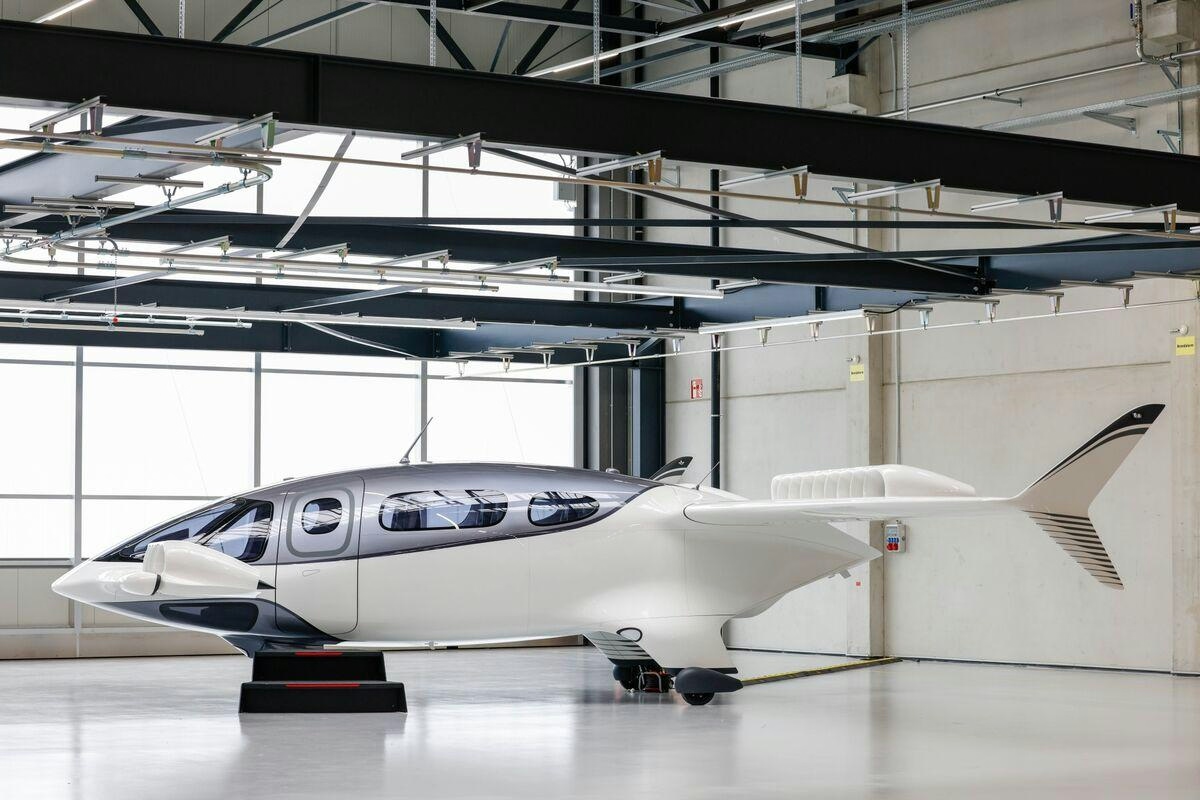
Saudi Arabia Plans Electric Air Taxis for Tourism by 2026

Principal Aviation Acquires Alpha Aircraft Services
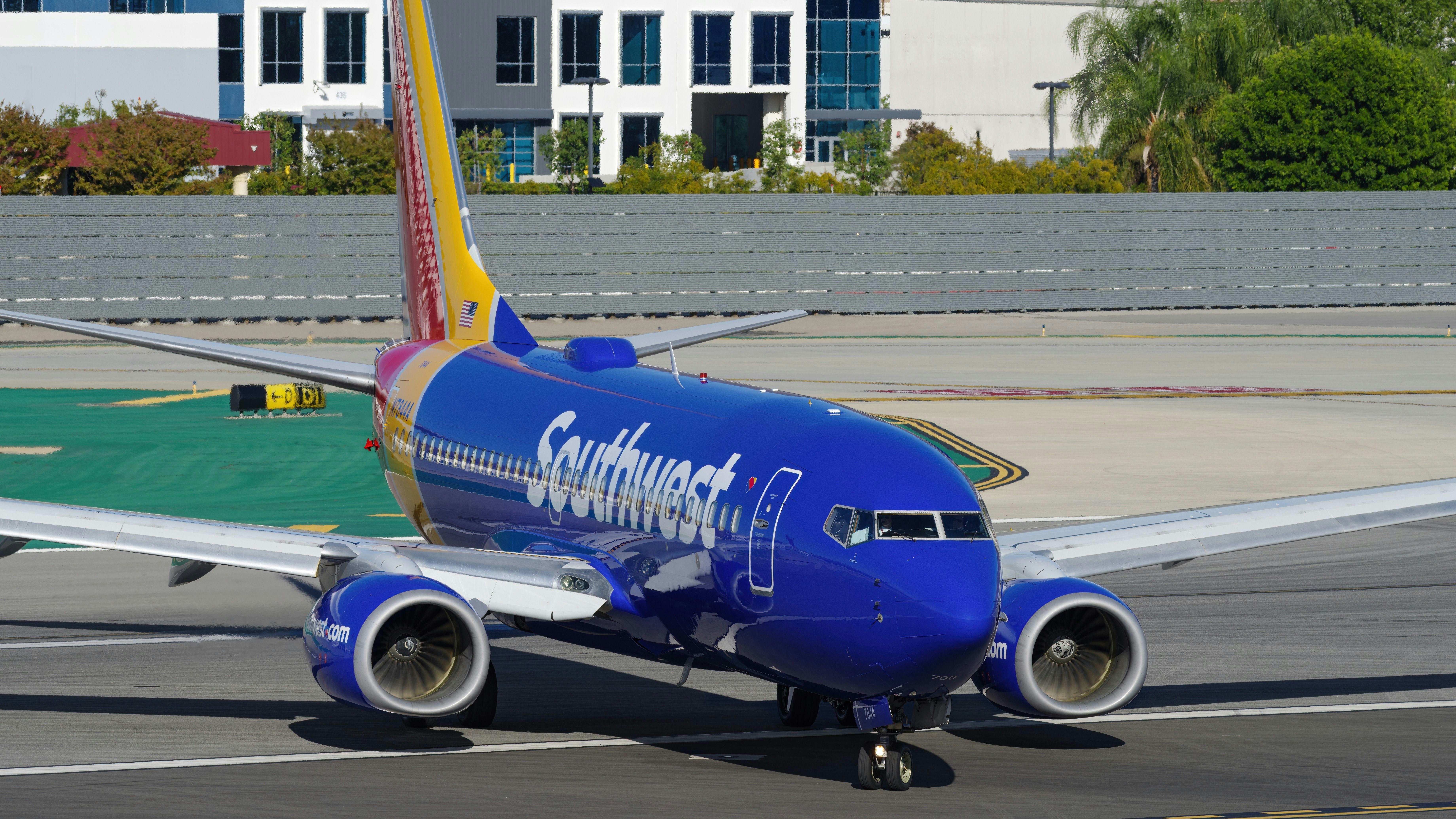
Flight to Salt Lake City Diverted to Los Angeles After Engine Failure

The Importance of Human Factors in Design

The Growing Role of the Boeing 787 in Middle East Aviation
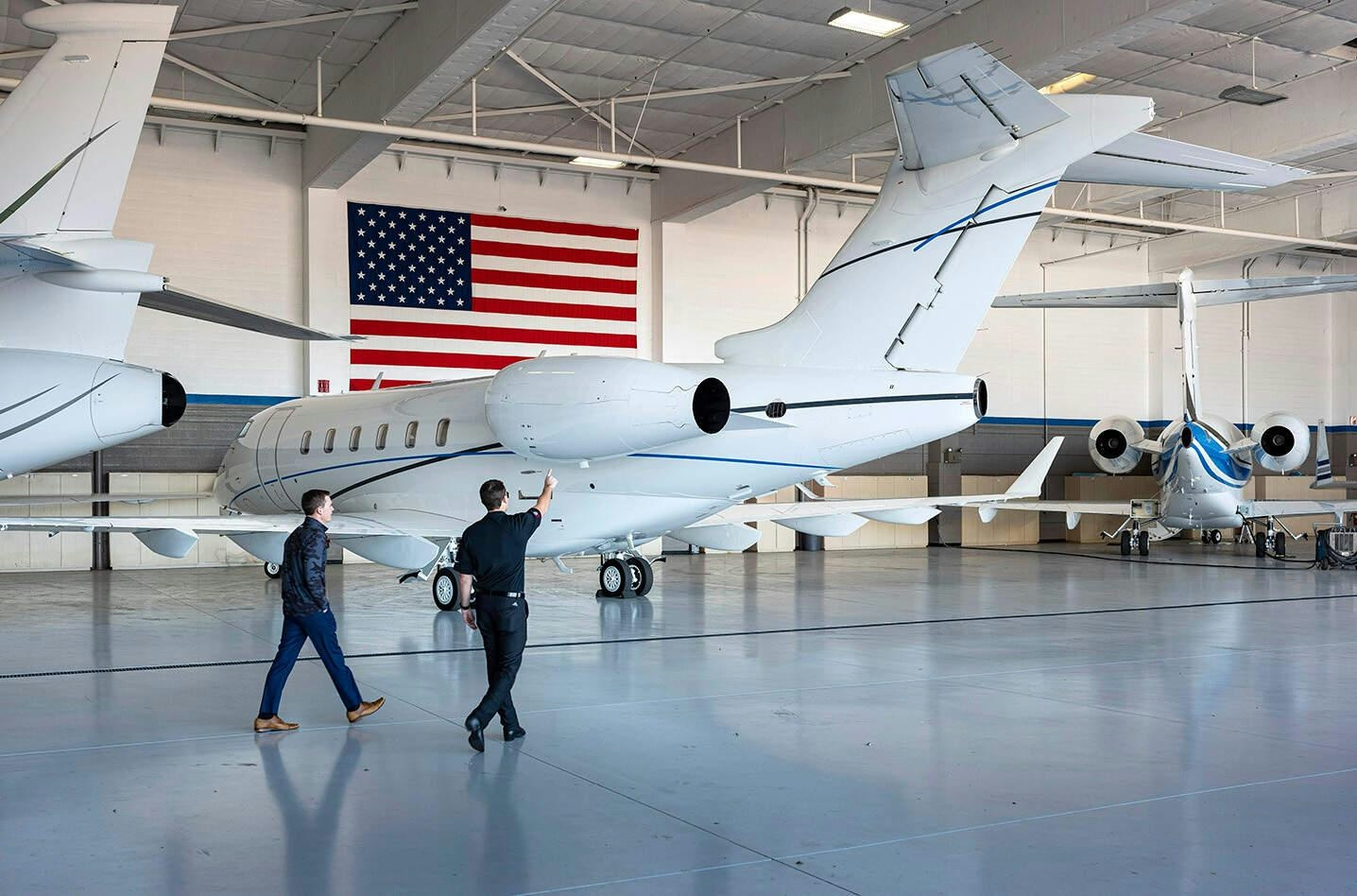
US Restores Zero Tariffs on Aircraft Parts from Korea and Switzerland
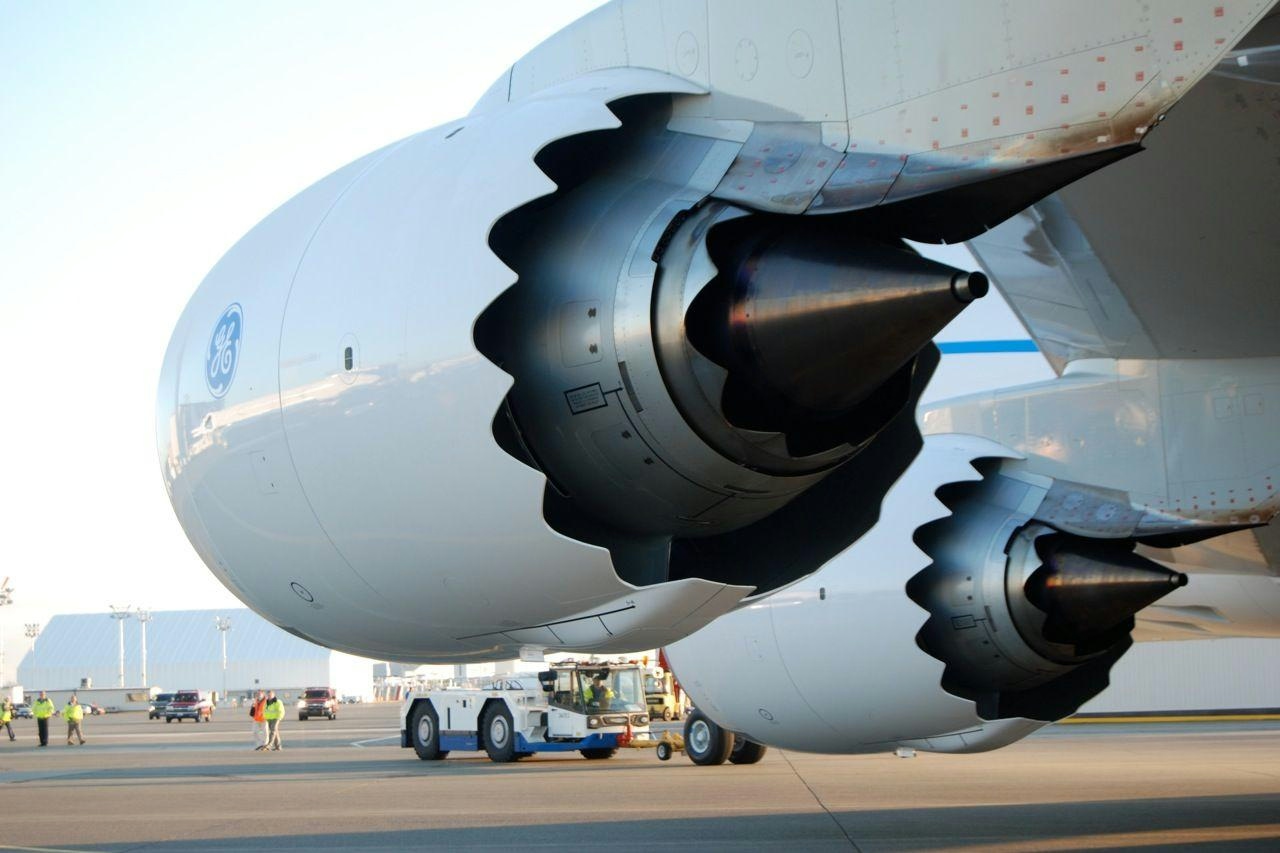
GE Aerospace to Supply GEnx-1B Engines for Saudia’s 39 Boeing 787s

Saudia Group Chooses GE GEnx-1B Engines for New 787 Dreamliners
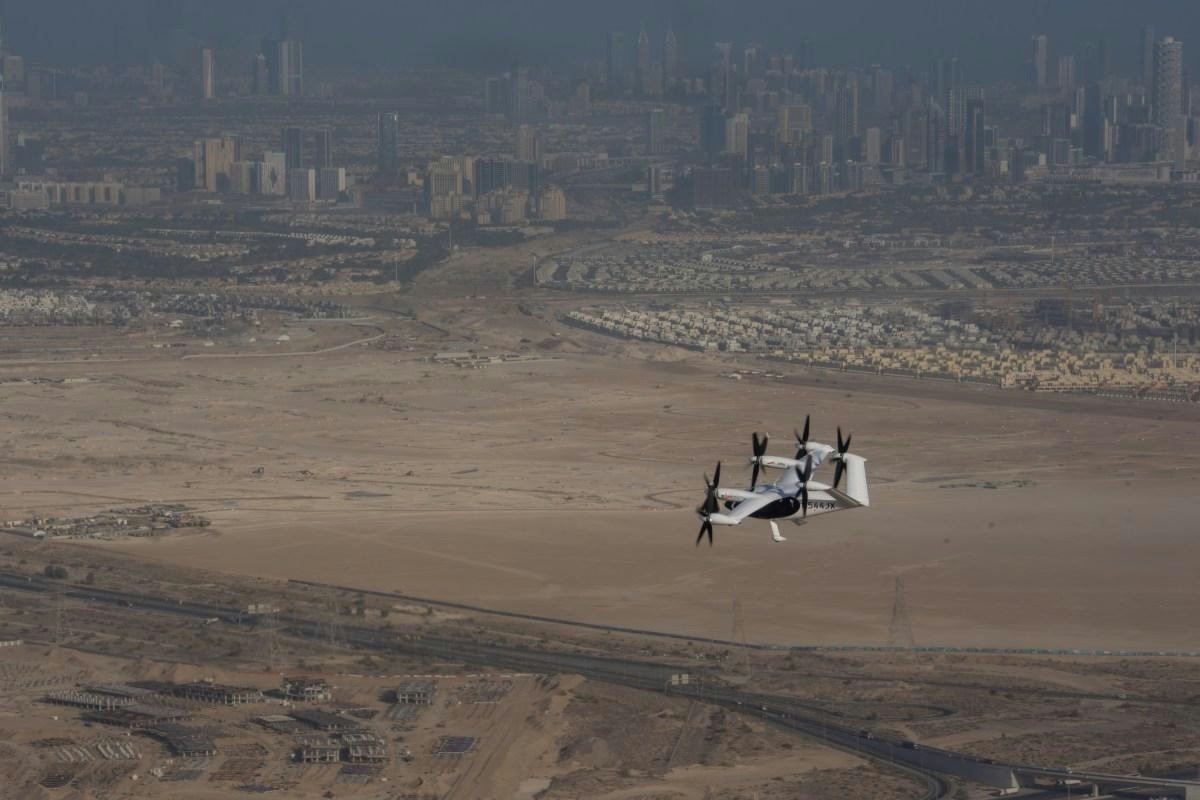
US Air Taxis Expand into Global Markets
